Understanding number relationships Math Worksheets for Ages 4-9
9 filtered results
-
From - To
Boost your child's math skills with our "Understanding Number Relationships" worksheets, designed for ages 4-9. These engaging activities help young learners grasp essential concepts such as counting, comparing numbers, and recognizing patterns. Through colorful visuals and interactive exercises, kids will build a solid foundation in number relationships, making math fun and accessible. Developed by educational experts, our worksheets cater to various skill levels, ensuring personalized learning paths. Ideal for both classroom and home use, these printables foster confidence and curiosity in math, preparing your child for future academic success. Download now and watch your youngster thrive!


10 Tens Make 1 Hundred Worksheet
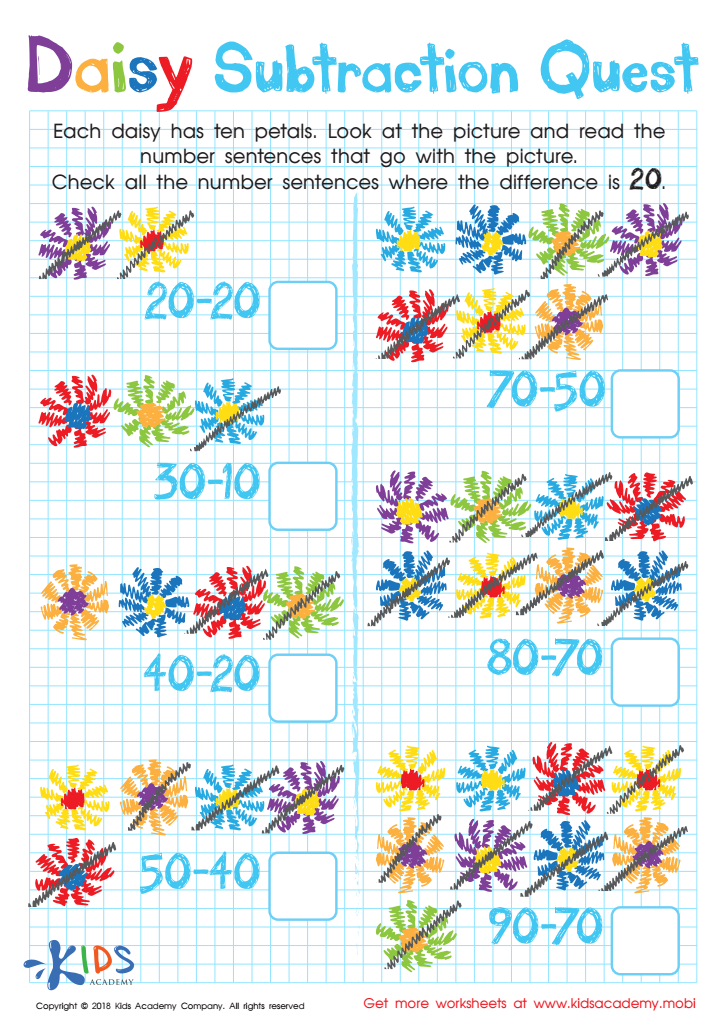

Daisy Subtraction Quest Worksheet
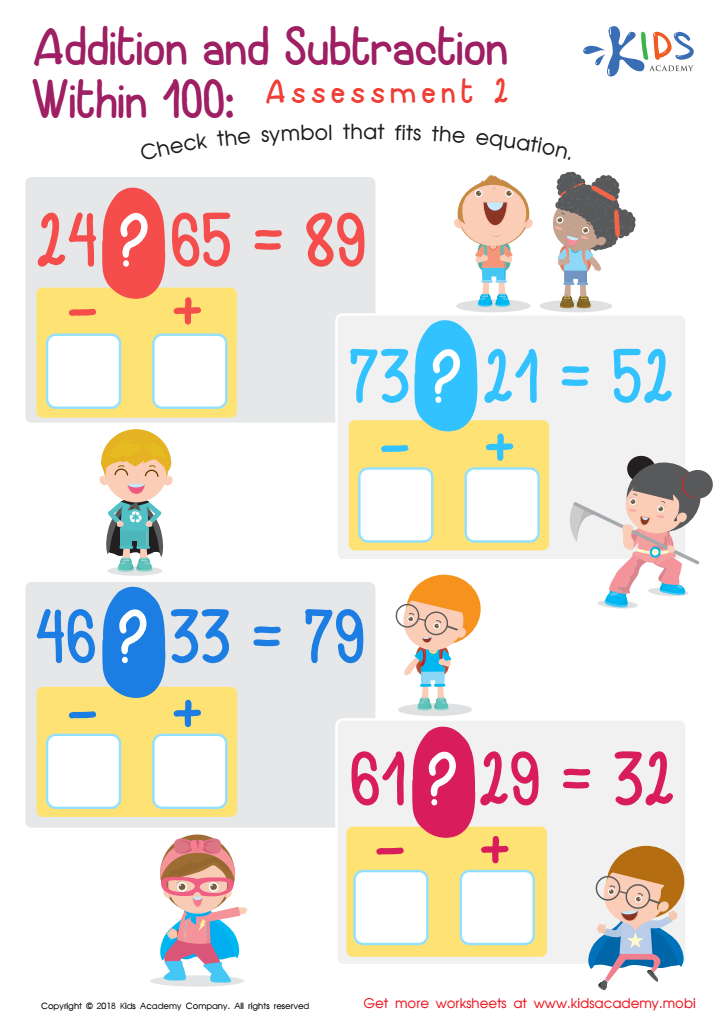

Addition and Subtraction Within 1: Assessment 2 Worksheet
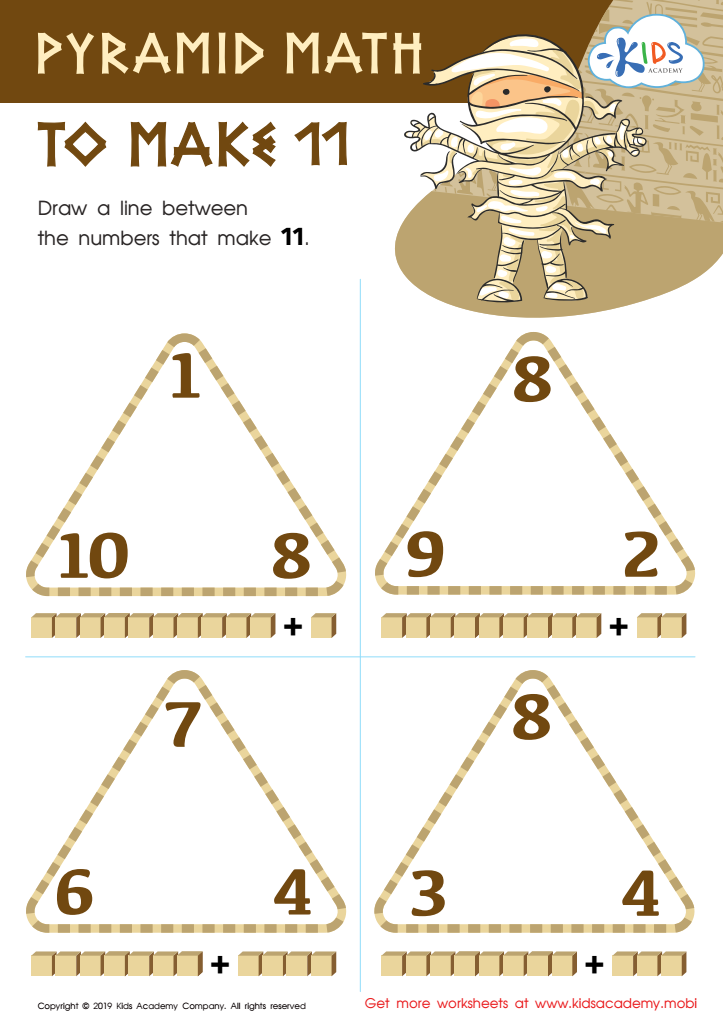

Pyramid Math to Make 11 Worksheet
Understanding number relationships is foundational for young children, particularly ages 4-9, as it sets the groundwork for all future math learning. Number relationships involve recognizing how numbers interact, such as concepts of greater than, less than, addition, subtraction, and place value. This early comprehension is crucial because it builds numerical fluency and confidence, empowering children to tackle more complex mathematical problems as they progress through school.
For parents and teachers, fostering these skills from a young age is vital. Children who grasp these concepts early tend to perform better in elementary school math and are more likely to enjoy the subject. A strong number sense allows them to visualize and mentally manipulate numbers, aiding in quicker and more accurate problem solving. Moreover, being comfortable with numbers helps children in everyday scenarios such as budgeting their allowance or measuring ingredients for a recipe.
Furthermore, early math skills are indicative of later academic success beyond just mathematics. Studies have shown that students proficient in early math concepts often excel in reading and other subjects as well. Therefore, giving priority to understanding number relationships not only strengthens math skills but also contributes to overall cognitive development, making it an essential aspect of early childhood education.
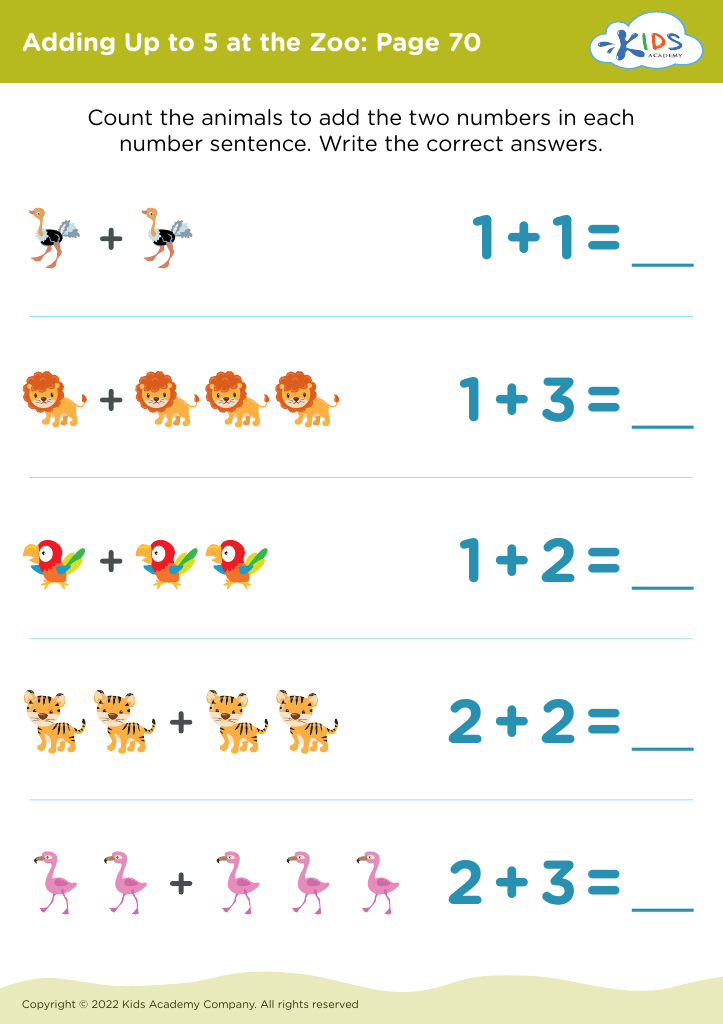
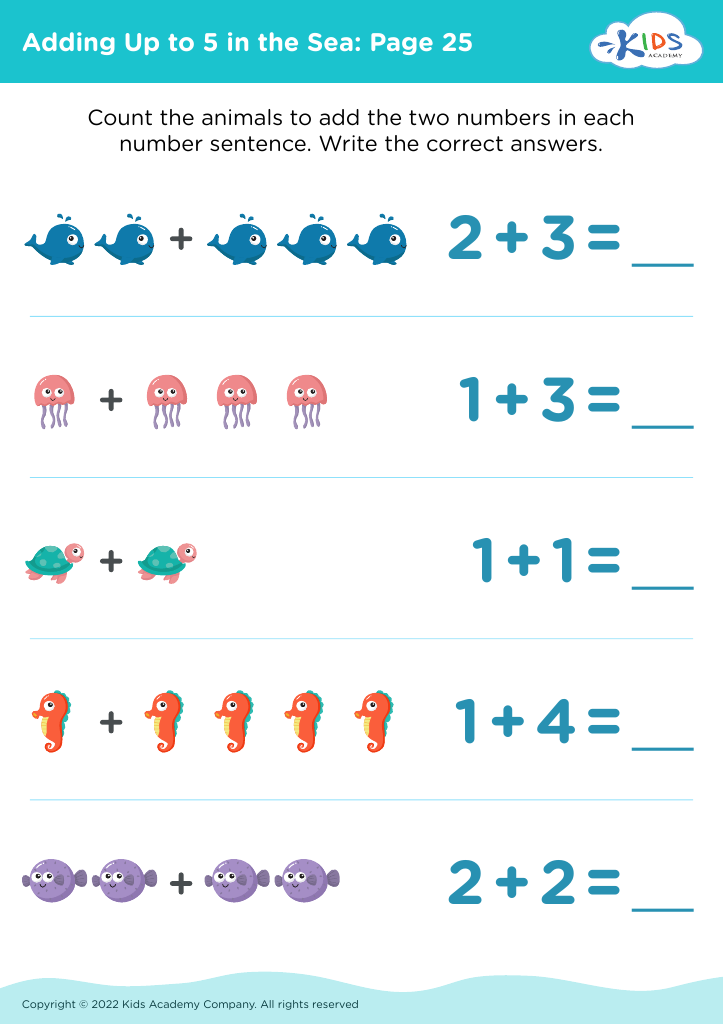
 Assign to My Students
Assign to My Students
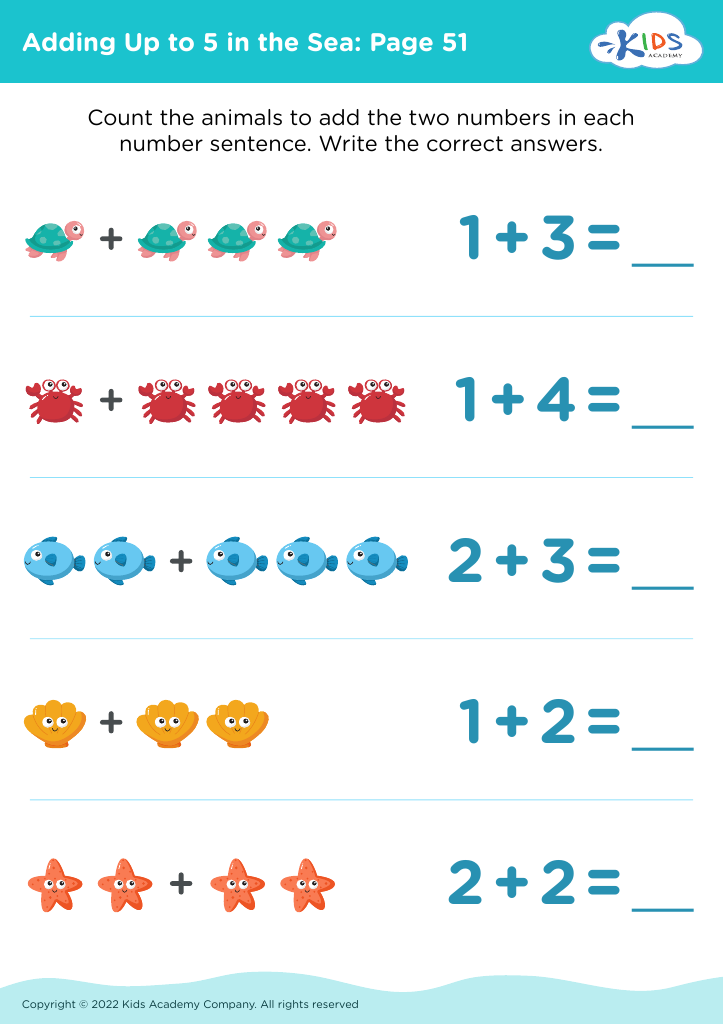


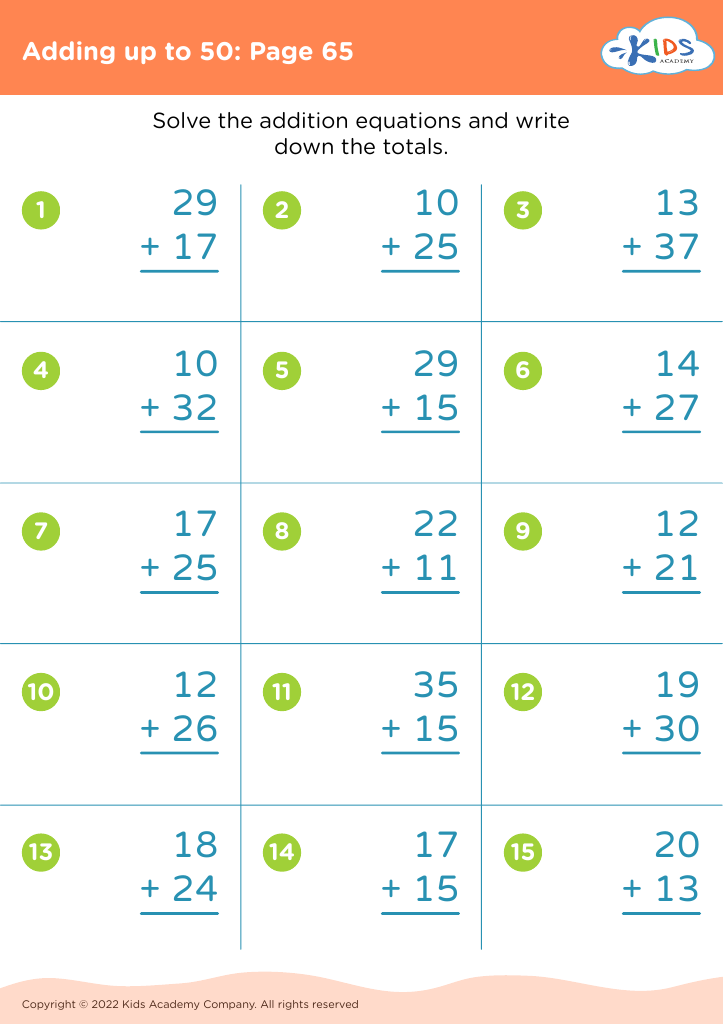







.jpg)








